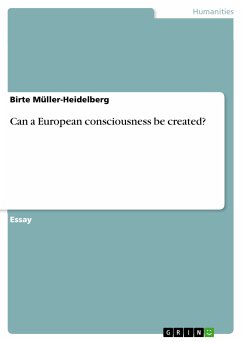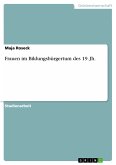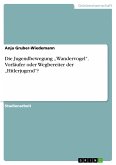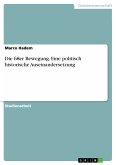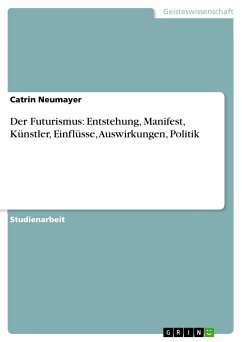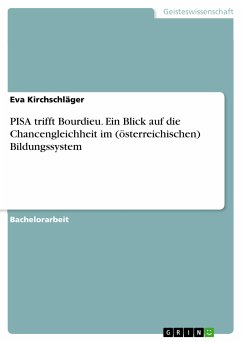Essay from the year 2003 in the subject Cultural Studies - European Studies, grade: 2,0 (B), University of Bath (European Studies and Modern Languages), language: English, abstract: Italians only eat pasta; all Swedish girls look gorgeous and the Germans only listen to folk music. These stereotypes do not specify whole nations but still paint pictures people can identify with. “The European” picture does not exist yet – neither on a culinary, nor on an aesthetic or musical basis. To get on with the European idea, a European Identity is inevitable. Without it, integration will never work to a satisfying extent and Europe cannot become the much-quoted “ever closer Union”. Only with a common identity will people be willing to stand up for each other and only with such an identity will the European Parliament and the Commission be fully legitimised. The first step into that direction is the creation of a European Consciousness, the idea to make people think of Europe as much as they think of their respective nationality. This essay will therefore analyse the concept of a European Identity and then break it down to the first steps to be taken – the idea of a European Consciousness. Chapter 2 will first define the term of identity and then sketch the specific problems that arise in Europe where so many different identities are already established. It then draws up the image of a possible long-term identity for the citizens of the Union’s member states. Chapter 3 examines the process of setting this identity up, taking a closer look at several different agents that could help to speed up the process. Finally the conclusion summarizes the chances for a European Consciousness leading to a legitimising identity.
Bitte wählen Sie Ihr Anliegen aus.
Rechnungen
Retourenschein anfordern
Bestellstatus
Storno

